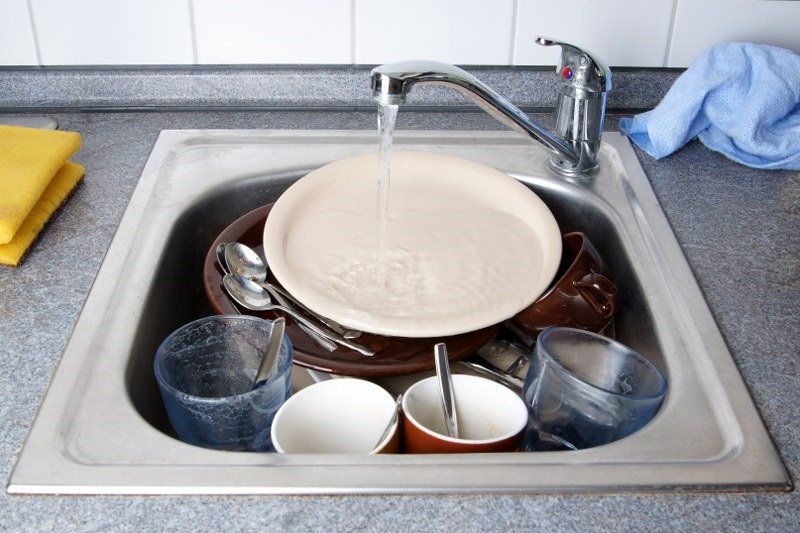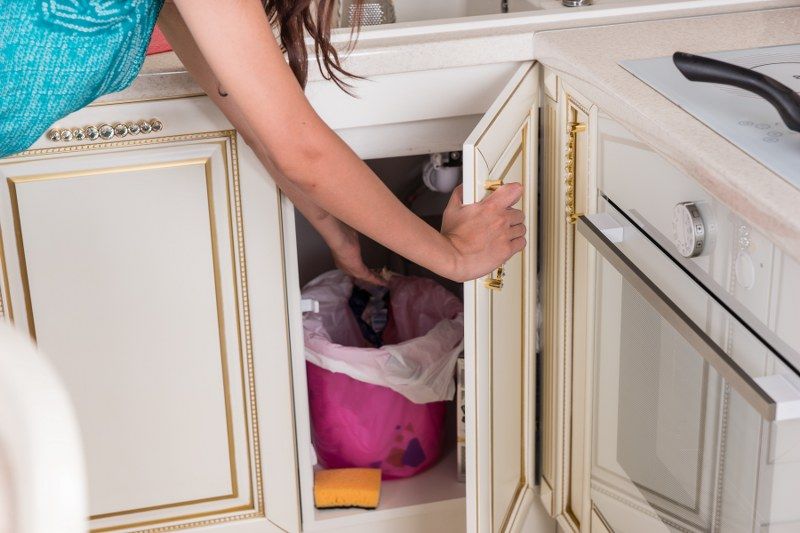Where Are the Germ Hotspots in Your Kitchen?
Posted on 14/12/2015
Most Dirtiest Places in Your Kitchen?

You have no idea just how many germs there are in your kitchen right at this moment. No, you better not guess or Google the average number. Trust us, it is better if you don’t know. But what you should be aware of is where the germ hotspots are so that you can take care of them with proper care during your kitchen cleaning. There are a few things you should be mindful of every time you endeavour in home cleaning and especially when tending to these germ hotspots as they have to be thoroughly cleansed for the sake of your health and that of your family. Once you acquire the knowledge of where all the nasty bacteria resides, you will have a much easier time to get the home clean.
• The Kitchen Sink
Surprise, surprise. The place where you wash your dishes is one of the dirtiest places not only in your kitchen, but in your house as well. This makes it imperative to clean and sanitise the sink after you are done with the dish washing. Not to mention that the tap is one of the most germ-infested items in the house as you touch it all the time and rarely ever think to clean it. Use an all purpose cleaner, a mixture of water and vinegar, or simply cut a lemon in half and scour the surface of the sink with it. Lemons contain citric acid which is a great disinfectant and will do wonders when you are trying to remove germs. They kill odours, as well.

• The Rubbish Bin
This one is obvious, but you don’t actually know just how much bacteria resides there. And not in the rubbish bag, but the bin itself. Bins are very rarely cleaned as most people think that if they keep the waste in the bag and away from the bin, it will stay clean. Well, no – the bacteria infests bag and bin alike, and thus you need to clean the bin as well, especially if you come in contact with it all too often.

• The Sponge
Your sponge is probably one of the dirtiest and bacteria-filled items in your home. Yes, you rinse it after using it, but what you don’t account for is that bacteria lingers within the fabrics and multiplies in moist sponges, so you will actually have to take care of the sponge as well. The best way to do that is place it in your microwave oven and start a 3-5 minute programme on the highest setting. The heat will kill all the bacteria and the sponge will be clean once again and ready for the next portion of home cleaning.

• The Countertop
This is where you prepare your food, yes. And this is where food waste comes in contact with the most. Food waste is a great source of bacteria and is why you should always thoroughly clean any surface that has touched. Food waste might be organic, but it still welcomes plenty of germs which then infest the lingering moist and stains on the counters. Thus, whenever you are done with your counters, cleanse them with an all purpose cleaner, or a mixture of water and vinegar to disinfect properly.

Always have these places in mind when you are house cleaning, or even when you are done with some kind of activity in the kitchen. This room requires your attention a bit more that most other rooms and you should always think about what might leave germs behind and which surface will, therefore, need more attention. Kitchen cleaning is tedious, but fairly simple and if you practice it often enough, it will merely become a habitual reflex and, thus, barely noticeable. Keep the home clean and the kitchen safe by simply paying more attention to what you do.





